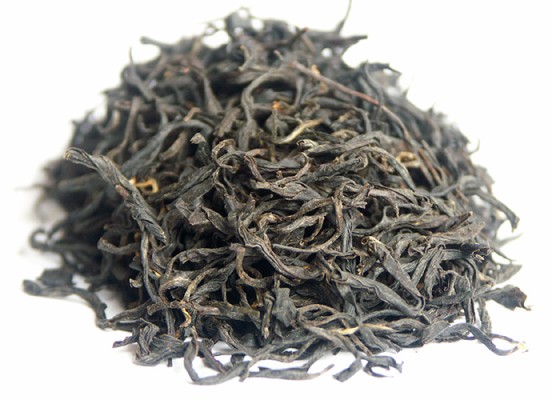Hadong Hwangcha - Yellow Tea
country of origin South Korea
Chcete pomoci s objednĂĄvkou?
+420 777 052 974
Hadong Hwangcha - Yellow Tea
Korean whole-leaf, partially oxidized tea. Hwang-cha means yellow tea in Korean. Sometimes it is also called Balhyocha (Paryocha) â oxidized tea.
The tea is from the Hadong area, South Korea, which is to the south of the famous Jirisan hills, close to the Sumjin river. The tea from semi-wild tea plants is hand-processed. Slightly rolled, partially oxidized, and beautifully shaped leaves with a soft malty aroma. Orange-gold in a cup with a well-balanced creamy soft even thick viscosity full of dense tones of forest honey, resin, malt, and baked chestnuts.
How to prepare Hadong Hwangcha
Use 5 grams of tea leaves for 0.5 litre of boiling water cooled to 85-90 °C, steep for 2â3 minutes. Feel free to experiment with steeping time, water temperature, and the amount of tea leaves. You can also read our articles on tea preparation and water quality. These tea leaves are also suitable for Asian-style preparation, which includes multiple infusions: you steep 5 grams of tea leaves per 150 ml of water that has boiled and cooled to 85â90 °C for 30 seconds and in the following three infusions, you steep the leaves for 40, 60, and 90 seconds, respectively.
Teas from Hadong county, South Korea
Most of Koreaâs green tea is cultivated in large, commercial tea gardens in Boseong county in South Jeolla Province since the 1950s. However, there are teas grown on the slopes of Mt. Jiri close to Ssanggye-sa temple in Hwagae Valley. This tea-growing area is located in Hadong County in South Gyeongsang Province and is the original, historic home of Korean green tea. The teas are hand-picked and processed and are some of Korea´s finest.
In the 9th-century tea bush cuttings were brought from China and planted on Mt. Jiri. These tea bushes have produced many offspring plants via seed planting. Today the tea bushes in this area are referred to as being âsemi-wildâ. The bushes have not been bred with imported tea bush cultivars (as they have been elsewhere in Korea), so they have retained a flavor profile that is unique to the Mt. Jiri region. The teas have smaller leaves and are sweet and intense in flavor. Pesticides are not used in the Mt. Jiri area and only a minimum of fertilizer is used. (source Tea Trekker)
Read the Blog.
.jpg)
Form: Whole Leaf Yellow Tea
Area: South Korea
Harvest: Spring Season
Year: 2023
Country of origin: South Korea




